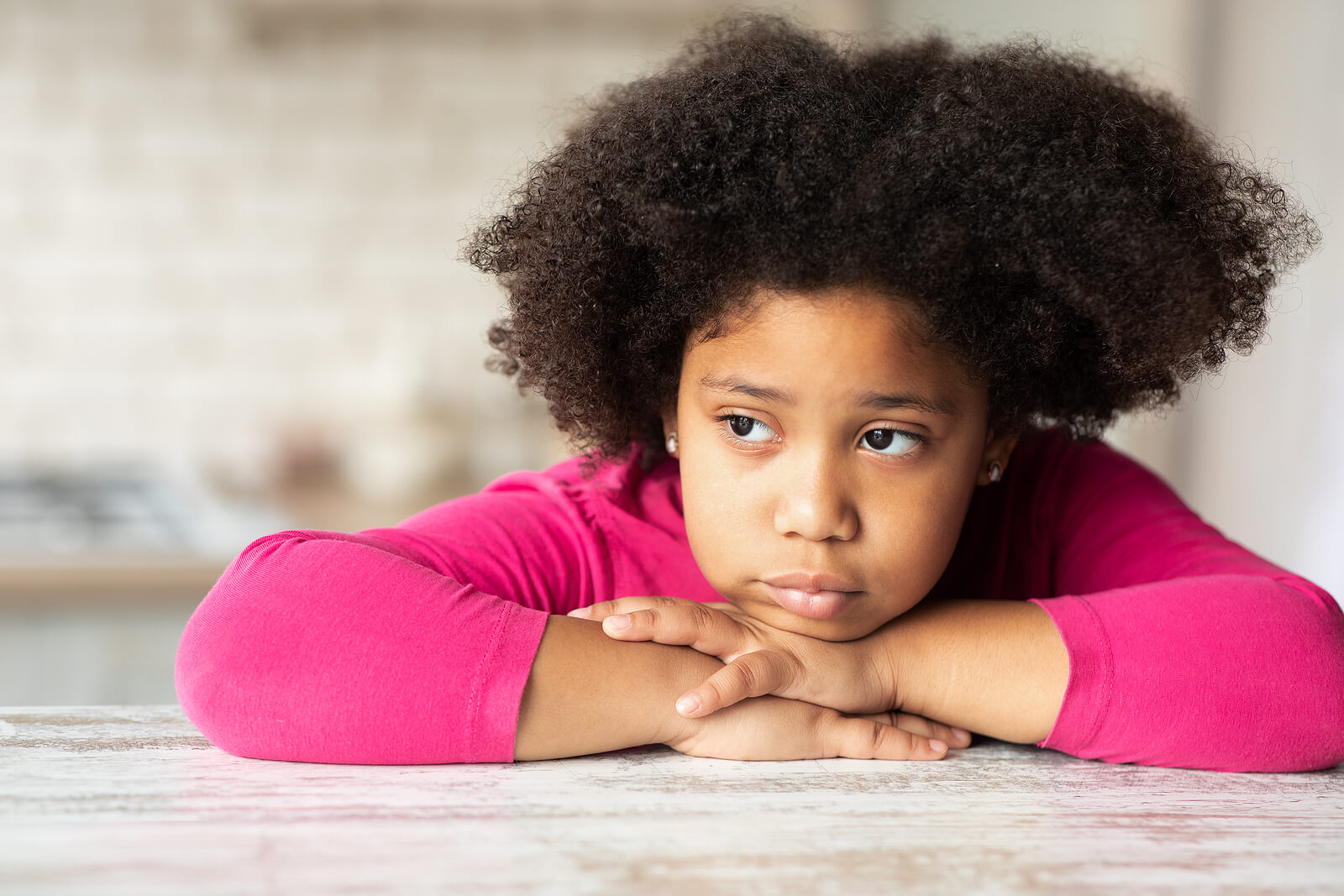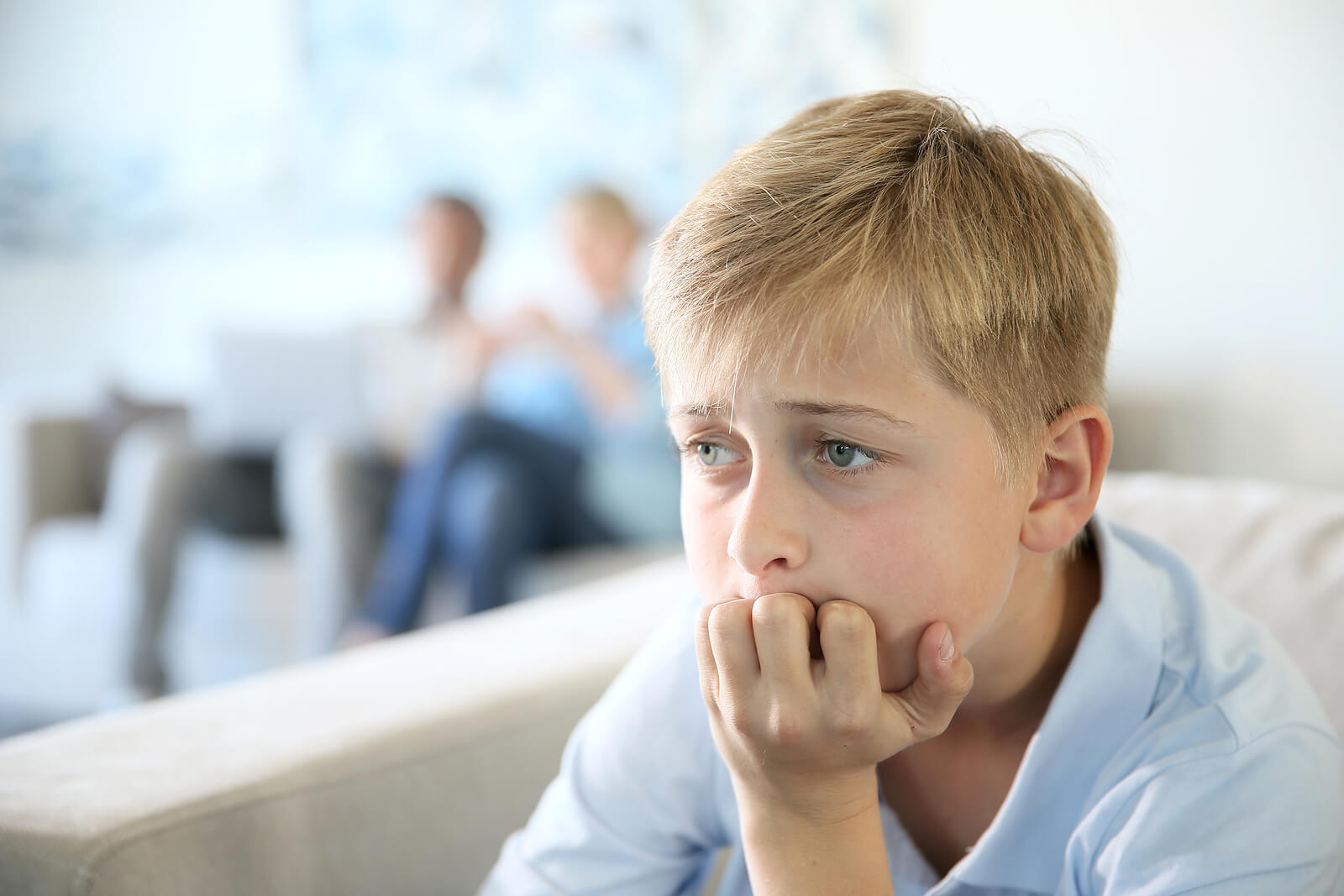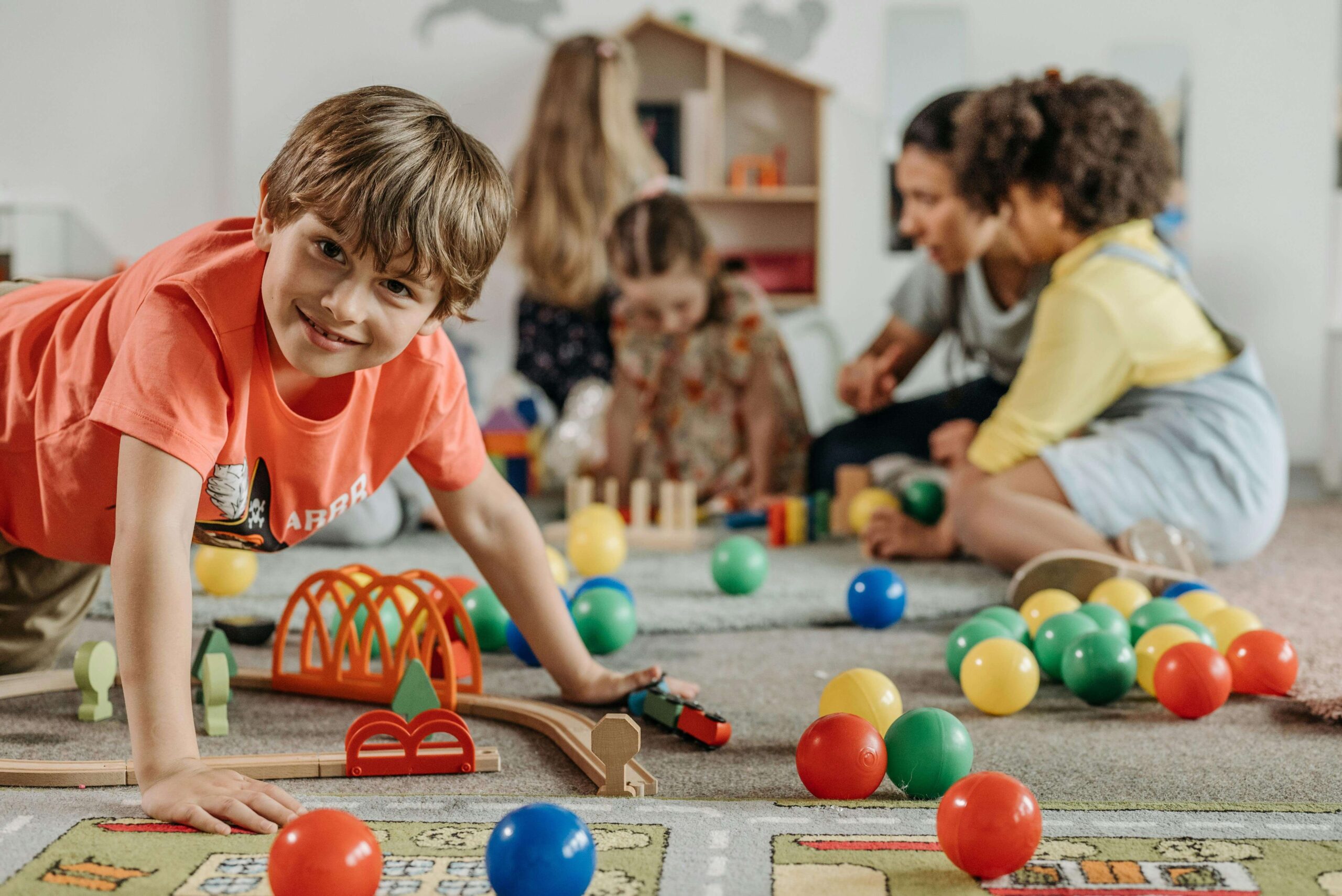Written By: Habeebah Abdus-Salaam
Anxiety in children is more common than we often realize. It can show up in big ways—like school refusal or panic attacks—or in smaller, quieter patterns like perfectionism, trouble sleeping, or avoiding new situations. As a parent or caregiver, it can be heartbreaking to see your child paralyzed by worry, and even more frustrating when the usual advice—“Just relax,” or “There’s nothing to worry about”—doesn’t seem to help. If you’ve found yourself at a loss, there’s good news: Dialectical Behavior Therapy (DBT), when used in therapy for children, is proving to be an incredibly effective approach for helping them manage anxiety in ways that feel empowering, practical, and even fun.

What Is DBT, and Why Does It Work for Anxious Kids in Therapy for Children?
DBT is a skills-based therapy that teaches people how to better understand and regulate their emotions, tolerate distress, and build stronger relationships. For children, DBT is adapted with games, storytelling, visuals, and role-playing to make it developmentally appropriate and engaging. While it was initially used with teens and adults struggling with intense emotions, DBT has been successfully tailored for younger children, especially those dealing with anxiety, sensitivity, or avoidance behaviors.
At its heart, DBT teaches kids that emotions are not dangerous or “bad”—they’re just signals. Anxiety doesn’t have to be something they run from or fight against. Instead, they can learn how to recognize it, manage it, and move through it with the tools they carry inside them.
Tackling Anxious Thoughts with Mindfulness and Emotion Regulation
One of the biggest struggles for anxious children is what goes on inside their minds. “What if I fail?” “What if something bad happens?” “What if people laugh at me?” These constant, intrusive thoughts can feel overwhelming and all-consuming.
This is where DBT’s mindfulness skills come in. Mindfulness helps children pause and notice their thoughts without being swept away by them. It’s not about ignoring the worry or pretending it isn’t there—it’s about creating a little distance between the thought and their reaction. A child might learn to say, “That’s my worry voice talking,” or “That’s just a thought, not a fact.” Over time, this helps reduce the power anxiety holds over them.
Alongside mindfulness, emotion regulation skills help kids understand what they’re feeling and why. They learn that emotions are part of being human and that there are tools, like deep breathing, naming the emotion, or changing the way they respond, that can help them feel more in control. These skills are particularly helpful when anxiety tells a child to shut down, freeze, or avoid something they actually want to do.

From Avoiding to Facing Fears: Distress Tolerance in Action With Support From a Child Therapist
Avoidance is one of anxiety’s favorite tricks. It convinces children that if they just stay away from what they fear, they’ll feel better. And in the short term, that’s often true—skipping the class presentation does relieve the fear, for a little while. But long-term? Avoidance makes the anxiety grow stronger.
DBT helps children face their fears by teaching distress tolerance—the ability to sit with discomfort without needing to escape it. These skills don’t magically make anxiety disappear, but they give kids a roadmap for getting through tough moments. They learn simple, concrete techniques like grounding exercises, self-soothing strategies, and distraction with purpose. When a child knows how to cope when they feel overwhelmed, they become more willing to try things they’ve been avoiding—and that’s when real growth happens.
Building Confidence Through Validation and Mastery in Therapy for Children
Anxious kids are often incredibly hard on themselves. They might think, “I’m weak for feeling this way,” or “I shouldn’t be so scared.” DBT offers a different message: Your feelings make sense, and you can learn new ways to cope. This mix of acceptance and change is a powerful combination. It tells kids, “You’re doing the best you can, and you can do better.”
In practice, this means celebrating small wins, like raising a hand in class, staying at a birthday party, or riding the bus without a meltdown. These moments, however small they seem, help children build confidence and start to see themselves as capable. The more they practice their skills, the more resilient they become.
Final Thoughts: A New Way Forward
DBT gives children more than just coping strategies—it gives them a sense of control, confidence, and hope. Rather than trying to eliminate anxiety (which isn’t realistic), DBT teaches kids how to live with it, manage it, and keep moving forward. And when kids learn that they can do hard things, anxiety starts to lose its grip.
If your child struggles with anxiety, DBT at DBT of South Jersey may be a game-changer. It’s structured, compassionate, and skill-based—perfect for kids who need more than reassurance. With the right support from a child therapist and the right tools, anxious kids don’t just survive—they thrive.

Helping Anxious Kids Build Confidence with Therapy for Children in South Jersey
If your child is struggling with anxiety, therapy for children in South Jersey can provide the tools they need to thrive. At DBT of South Jersey, we specialize in using DBT to help kids build confidence, manage worry, and face challenges with resilience. Reach out today to learn how our child-focused approach can make a real difference in your family’s life. Follow these three simple steps to get started:
- Contact us to book a free consultation with our intake team
- Meet with one of our skilled child therapists
- Start helping your anxious child build their confidence!
Additional Services Offered at DBT of South Jersey
At DBT of South Jersey, we offer therapy for children to help them cope with anxiety and other emotional or behavioral challenges. With offices in Moorestown and Voorhees, our services also include trauma-informed care, OCD treatment, couples and family therapy, and holistic healing practices. Visit our blog for expert insights, practical strategies, and helpful resources on therapy for children and teens.
Sources:
https://pmc.ncbi.nlm.nih.gov/articles/PMC10039721/
Chapman, A. L. (2006a). Dialectical behavior therapy: Current indications and unique elements. Psychiatry, 3(9), 62–68.

